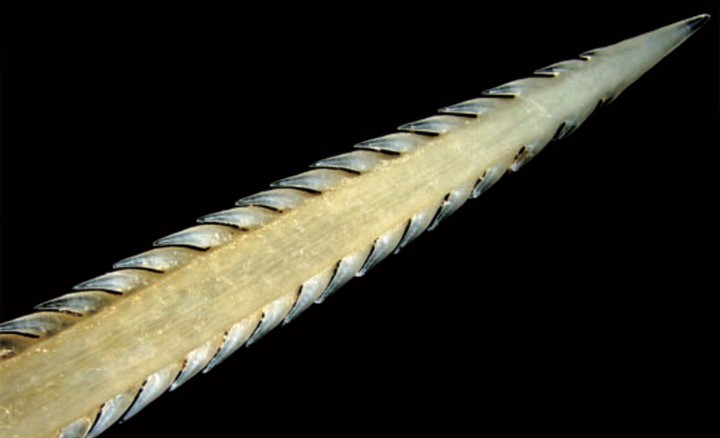 Figure 2C
Figure 2C
Abstract
Venom and its associated delivery systems have evolved in numerous animal groups ranging from jellyfishes to spiders, lizards, shrews, and the male platypus. Building off new data and previously published anatomical and molecular studies, we explore the evolution of and variation within venomous fishes. We show the results of the first multi-locus, ordinal-level phylogenetic analysis of cartilaginous (Chondrichthyes) and ray-finned (Actinopterygii) fishes that hypothesizes 18 independent evolutions of this specialization. Ancestral-states reconstruction indicates that among the 2386–2962 extant venomous fishes, envenomed structures have evolved four times in cartilaginous fishes, once in eels (Anguilliformes), once in catfishes (Siluriformes), and 12 times in spiny-rayed fishes (Acanthomorpha). From our anatomical studies and phylogenetic reconstruction, we show that dorsal spines are the most common envenomed structures (∼95% of venomous fish species and 15 independent evolutions). In addition to envenomed spines, fishes have also evolved venomous fangs (2% of venomous fish species, two independent evolutions), cleithral spines (2% of venomous fish species, one independent evolution), and opercular or subopercular spines (1% of venomous fish species, three independent evolutions).
Almetric and Dimension badges